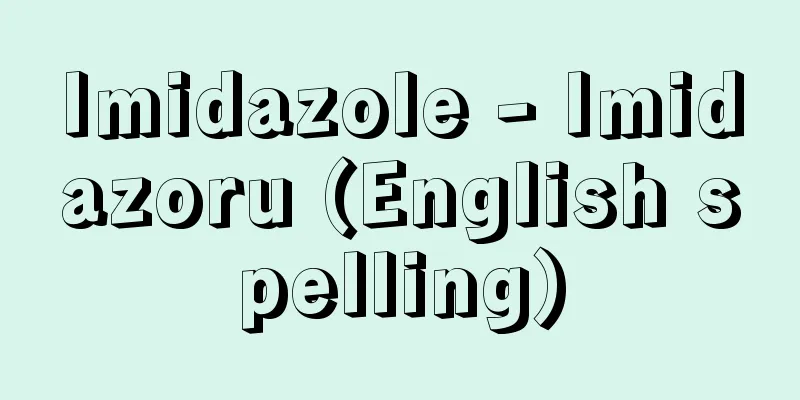Miyazaki Yuzen

|
Years of birth and death unknown. A fan and dyeing artist from the mid-Edo period. Known as the founder of Yuzen dyeing, a groundbreaking color dyeing method using paste-resistant dyeing in Japan, he is said to have been active from the Tenwa to Genroku eras (1681-1704). His name appears in many documents, but in addition to Yuzen, it is also diverse, including Yuzen, Yuzen, Yusen, Yuzen, Yuzen, Yusen, Yuzen, and Yusen. His years of birth and death and his career as a dyeing artist are also unclear, and the theory that he later lived in Kaga and his grave is in Kanazawa is also unreliable. His name first appears in documents in Ihara Saikaku's Koshoku Ichidai Otoko (1682), Koshoku Nidai Otoko (1686), and Nanshoku Daikan (1687), among others, as an artist who lived in front of the Chion-in Temple in Kyoto at the time. He was very popular for selling witty drawings on fans, and some of his designs were copied onto clothing. As "Danshoku Daikan" states in its entry "Yuzen's Bush Clover Headdress," he seems to have taken up a brush and drawn patterns himself, but it is not clear whether he was a dyer who performed the so-called Yuzen dyeing technique. Looking at the illustrations in "Yojo Hiinagata" (the only model book written by Yuzen himself) published in 1692 (Genroku 5) and "Shikamono Aragai" published in the same year, it seems that he was more active as a "designer" than as a dyer. There are quite a few hanging scrolls that are said to be Yuzen works, but none of them are conclusive evidence, and there are still many mysteries surrounding his role as the founder or inventor of Yuzen dyeing techniques. In any case, we must say that his presence was significant in the major shift from weaving to dyeing in the flow of clothing culture from the Middle Ages to the early modern period, and in the ultimate perfection of the colorful and pictorial Yuzen dyeing technique. (Tomoyuki Yamabe) Source: Asahi Japanese Historical Biography: Asahi Shimbun Publications Inc. About Asahi Japanese Historical Biography |
|
生年:生没年不詳 江戸中期の扇・染物絵師。日本の染織上画期的な,糊防染による彩色染法である友禅染の創始者として知られ,天和~元禄(1681~1704)ごろ活躍したとされる。その名は文献に多出するが,友禅のほか祐善,友泉,幽禅,勇禅,友染,友仙,有禅,幽仙と多様で,生没年,染色家としての経歴も明らかではなく,後年加賀に住み墓所が金沢にあるとする説も信憑性に乏しい。名が最初に文献に現れるのは,井原西鶴の『好色一代男』(1682),『好色二代男』(1686),『男色大鑑』(1687)などで,当時京都の知恩院門前に住んだ絵師で,扇に機智に富んだ絵を描いて売ったのが大いに人気を博し,その図柄が衣装に写されたものもあったという。 『男色大鑑』に「幽禅の萩のすそ書」とあるように,自ら筆を取って模様を描いたこともあったようだが,染色家としていわゆる友禅染を行っていたかは明らかではなく,元禄5(1692)年の『余情ひいながた』(友禅自筆の唯一の雛型本)や,同年刊行の『私歌ものあらがい』の挿絵などをみても,染色家としてよりもすぐれた「デザイナー」として活躍していたとも思われる。世に友禅作とされる染めの掛軸の類はかなり残っているが,いずれも確証のあるものではなく,友禅染の技術の創始者ないし発明者としてはまだ謎の部分が多い。しかしいずれにしても中世から近世への服飾文化の流れのうえでの,織物から染め物への大きな転換,そしてその究極としての多彩で絵画性を持った友禅染の完成への原動力となったその存在は大きなものといわねばならない。 (山邊知行) 出典 朝日日本歴史人物事典:(株)朝日新聞出版朝日日本歴史人物事典について 情報 |
Recommend
Badakhshan - Badakhshan (English spelling)
The name of a region in northeastern Afghanistan. ...
Sea (inkstone) - Umi
...In addition to rectangular, square, circular, ...
Arnold Johannes Wilhelm Sommerfeld
German theoretical physicist. Born in Königsberg ...
Recruitment and sales - boshuuuridashi
In securities terminology, a public offering is a ...
Ryozen Shrine
Located in Oishi, Reizen-cho, Date City, Fukushim...
Kanjin Heike - Kanjin Heike
〘 noun 〙 The act of a biwa priest reciting the Tal...
Demyelinating Disease
Nerve fibers consist of an axon running through th...
Esparto
Also known as alfasou. A wild grass of the grass f...
Netting - Abiki
To pull a net and fish. "It can be heard all ...
Anrokuzan
A military commander of the Tang Dynasty in China...
guṇa (English spelling) guna
...Buddhist term. A translation of the Sanskrit w...
Nail cream
…Originally, mani comes from the Latin manus, whi...
Nishiokoppe [village] - Nishiokoppe
A town in Monbetsu County, Abashiri Subprefecture,...
Achievement - Gikou
One of the six principles in the Ritsuryo Code. A ...
Pestalozzi - Johann Heinrich Pestalozzi
Swiss educator and educational thinker. Born on J...









